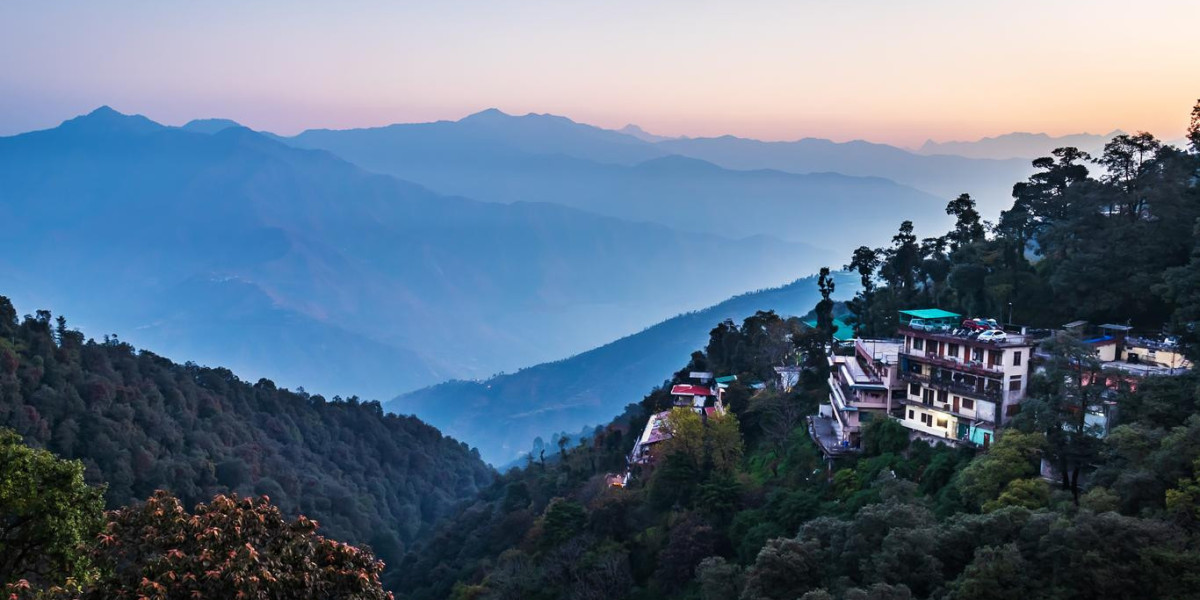Pakistan’s Strong Textile Heritage
Pakistan’s textile industry has been a major contributor to its economy for decades. It is the fourth-largest producer of textiles and garments in the world and the third-largest exporter of cotton. The country's garment manufacturers benefit from a robust supply chain, with access to abundant raw materials such as cotton, which is crucial for producing high-quality garments.
The history of textile production in Pakistan dates back to ancient times, but the modern textile industry began to take shape in the 20th century. Today, the garment manufacturing sector has evolved, with factories producing garments ranging from simple t-shirts to high-end designer clothes. These manufacturers not only cater to the local market but also export their products to a variety of countries around the world, including the United States, Europe, and the Middle East.
2. Skilled Workforce and Competitive Labor Costs
One of the reasons Pakistan’s garment manufacturing industry has flourished is the availability of a skilled and cost-effective labor force. The country has a large number of workers who are trained in garment production, from design to stitching, finishing, and packaging. Many manufacturers operate factories where workers are trained in modern garment production techniques, ensuring that the garments produced meet international standards of quality and design.
The competitive labor costs in Pakistan also make it an attractive destination for international buyers and companies seeking to outsource garment production. In comparison to other garment-producing countries like China or India, Pakistan offers more affordable labor, making it an ideal choice for businesses looking to keep costs down without compromising on quality.
3. Technological Advancements in Garment Manufacturing
The garment manufacturing industry in Pakistan has been quick to adopt new technologies that improve production efficiency and garment quality. Many manufacturers have invested in state-of-the-art machinery for processes such as cutting, stitching, dyeing, and finishing. The introduction of automated systems has significantly improved productivity, reduced errors, and increased the overall capacity of factories to meet the demands of both local and international clients.
Additionally, many manufacturers in Pakistan are adopting sustainable production methods, such as using eco-friendly dyes and fabrics, to meet the growing demand for sustainable fashion. With increasing global awareness about the environmental impact of the fashion industry, the move towards sustainable practices is an essential step for Pakistan’s garment manufacturers to remain competitive on the international stage.
4. Global Export Market and Trade Agreements
The export potential of Pakistan's garment manufacturing industry is significant. Pakistan’s strategic location, with proximity to key markets such as the Middle East, Europe, and Asia, gives it an edge in the global trade of garments. Furthermore, Pakistan has established various trade agreements, including the Generalized System of Preferences (GSP) with the European Union, which grants preferential access to European markets for Pakistani products.
Pakistan's textile and garment manufacturers are well-positioned to take advantage of these trade agreements. These agreements provide manufacturers with the opportunity to access lucrative international markets at lower tariffs, boosting their competitiveness and increasing export volumes. The export of garments contributes substantially to Pakistan’s economy, creating jobs and fostering economic growth.
5. Challenges Faced by Garment Manufacturers in Pakistan
While Pakistan's garment manufacturing industry has experienced growth, it also faces several challenges. One of the most pressing issues is the lack of infrastructure in certain regions, which can lead to supply chain disruptions. Additionally, the energy crisis in Pakistan has affected industrial productivity, as factories often experience power shortages that delay production.
Moreover, Pakistan’s garment manufacturers face stiff competition from other countries like Bangladesh, India, and Vietnam, which have similar advantages in terms of raw materials and labor costs. To stay ahead in the competitive market, Pakistan’s garment manufacturers must continuously innovate, improve quality, and focus on diversifying their product offerings.
6. Opportunities for Growth
Despite the challenges, there are numerous opportunities for growth in Pakistan's garment manufacturing sector. The global demand for fast fashion continues to rise, and Pakistan’s manufacturers can tap into this trend by expanding their production capacity and offering trendy, affordable clothing.
Another significant opportunity lies in the increasing demand for eco-friendly and sustainable garments. As consumers around the world become more conscious of environmental issues, manufacturers in Pakistan can differentiate themselves by producing eco-conscious clothing lines. Embracing sustainable practices such as using organic fabrics, reducing waste, and adopting ethical labor practices can help Pakistan’s garment manufacturers gain a competitive edge in the global market.
7. Conclusion
Garment manufacturers in Pakistan play a vital role in the success of the country’s textile industry. With a skilled workforce, competitive labor costs, access to raw materials, and a growing focus on sustainability, the industry is poised for continued growth. While there are challenges to overcome, the opportunities for growth and expansion are significant, and with the right investments in technology and innovation, Pakistan's garment manufacturing sector can further strengthen its position on the global stage.
By capitalizing on the current trends and overcoming the obstacles it faces, Pakistan’s garment manufacturers can continue to contribute to the country’s economic prosperity while meeting the demands of an ever-evolving global market.







